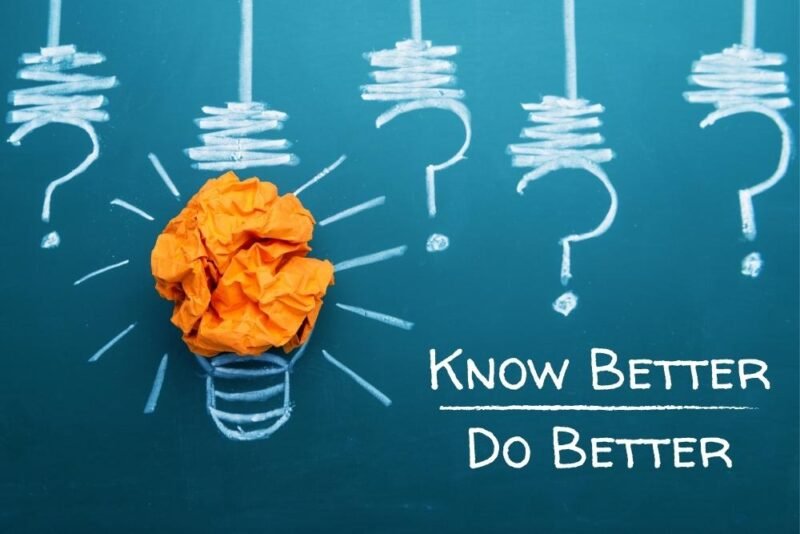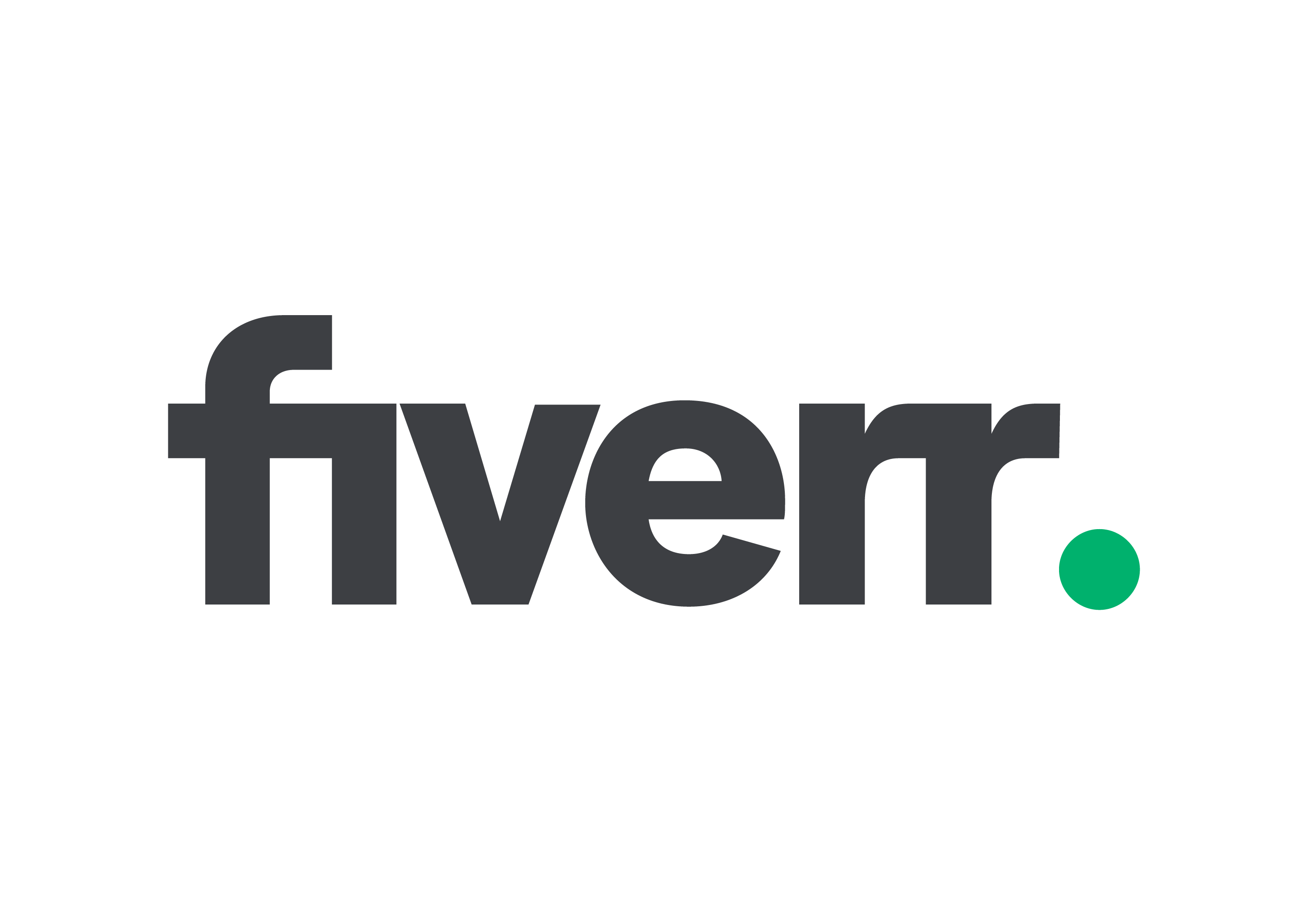[ad_1]
The fee of people today in the U.S. skipping required health care due to price tripled in 2021.
This prompted West Well being (the Gary and Mary West nonprofit organizations’ group) and Gallup to collaborate on analysis to quantified Americans’ sights on and worries with particular healthcare expenses. This has resulted in The West Well being-Gallup Health care Affordability Index and Health care Price Index.
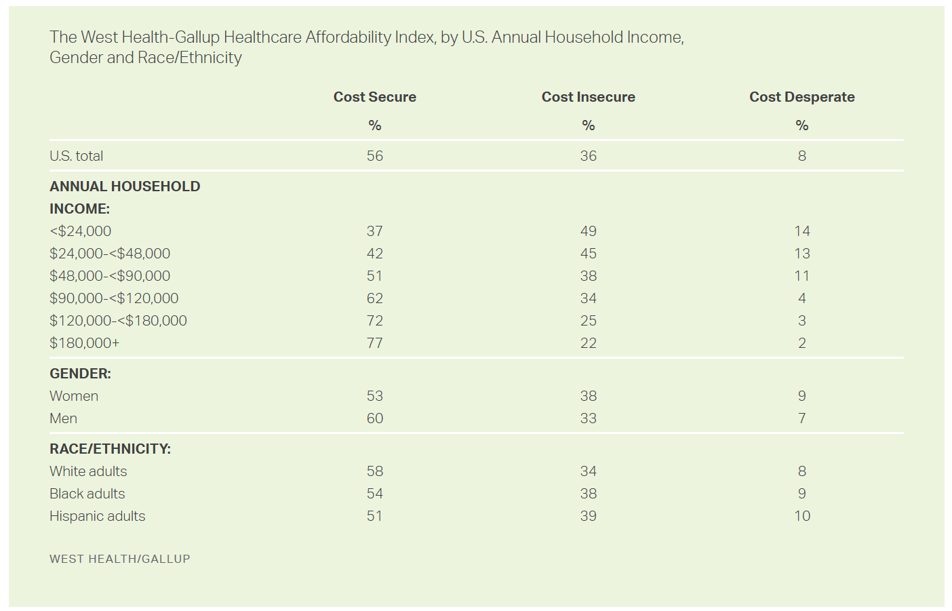
The team’s research culminated in the prime-line finding that some 112 million folks in the U.S. struggle to spend for their treatment. Which is about 4.5 in 10 health and fitness citizens.
On top of that, 93% of persons in America really feel that they pay out way too significantly for wellbeing care and really don’t get the price commensurate with that expense.
The first chart for the Health care Affordability Index displays the proportion of folks in the U.S. who sense expense protected, charge insecure, or price desperate.
Folks who are expense determined experience the most severe worries, all 3 of these elements:
- Not able to pay for desired professional medical treatment above the past a few months
- Skipping prescribed prescription drugs thanks to value in the earlier three months, and
- Unable to afford good quality treatment “today.”
Charge insecure folks deal with 1 or two of these health care economic troubles
Take note that one particular in five persons earning in excess of $180,000 a 12 months really feel cost insecure, and a further just one in 4 men and women earning in between $120-180K do.
1-50 % of persons earning beneath $48,000 on a yearly basis experience cost insecure. And the most charge-desperate wellness citizens in The us make less than $48K a year, some 13-14% of people today.
Additional females than adult males sense price tag insecure, and much more Black and Hispanic grownups than White grownups.
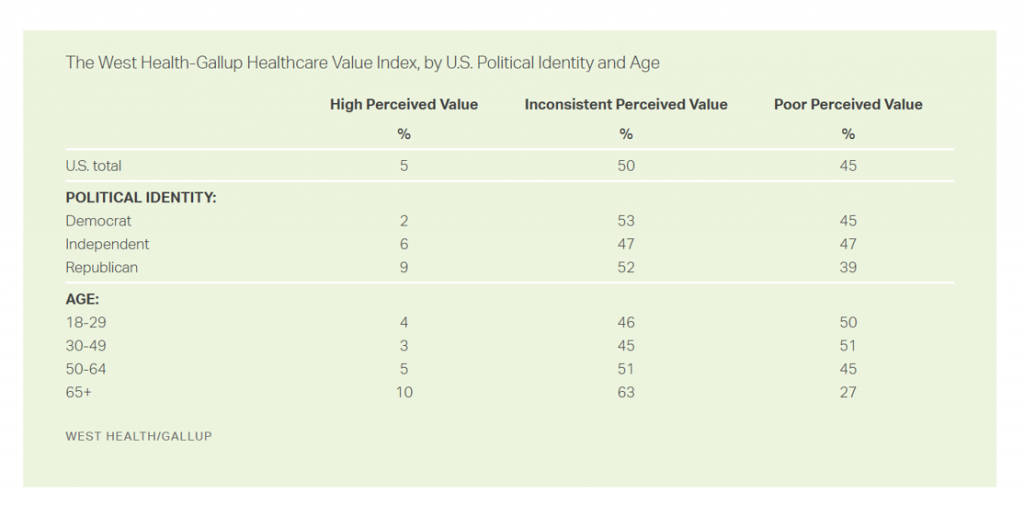
Judging the benefit of U.S. wellbeing care, a person-50 percent of U.S. grown ups understand inconsistent worth or very poor value.
Across political get together, there is some concordance among Democrats and Republicans, about a single-50 % of which share inconsistent perceived value for health care in America. A plurality of Dems and GOP voters see very poor price in well being treatment, 45% and 39% respectively.
By age, much less people today about 65 understand weak health care value in the U.S. when compared with individuals underneath 65 about 1-fifty percent of whom have lousy worth perceptions about U.S. well being treatment. The older peoples’ far more constructive views on well being care value (relatively speaking) may well have to do with their perceived value of Medicare coverage compared with younger individuals who would be far more very likely lined by business insurance (with large deductibles) or Medicaid (variable experiences by State).
This study’s definition of very poor perceived value is:
- The buyer saying they compensated much too considerably for the quality of treatment been given, as very well as
- The most new care working experience not really worth its value.
Inconsistent worth is defined as (1) or (2).
The analysis was performed on line in September and Octoberr4 2021 between 6,663 U.S. adults 18 and more mature.
Well being Populi’s Scorching Points: The West Well being and Gallup alliance will go on to monitor overall health treatment affordability and benefit traits more than time to tell community coverage, payers, and customers.
This baseline browse is that 3 in 4 U.S. grown ups do not consider the good quality of care in The usa to be well worth the price tag-devote — which by 2022 operates about $1 in every $5 for every single family in America.
The lack of faith in the worth of treatment for that financial investment is shared across demographics as shown in the tables — irrespective of whether age, gender, cash flow, or race.
Still, race, ethnicity, and income subject when it arrives to wellness treatment outcomes, the ROI on medical paying out. And people today who are Black or Hispanic, and lessen-earnings people, have a tendency to have worse outcomes in the U.S. medical program.
To understand a lot more on wellbeing equity’s interactions with lower-price treatment, see this new video clip from the University of Michigan Middle for Price-Centered Insurance Style produced in Might 2022 distilling the latest specifics and results on low-benefit care.
https://www.youtube.com/enjoy?v=AbOhqF4lcfE
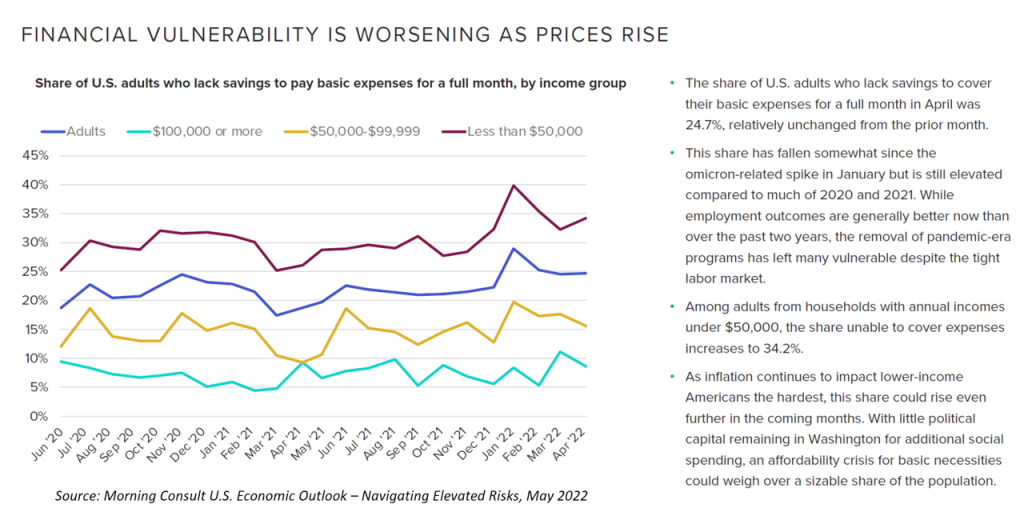
Well being treatment companies and suppliers to the industry should heed the subtitle of Morning Check with‘s newest (Might 2022) U.S. Financial Outlook report and, in their terms, “navigate elevated dangers.” Money vulnerability is getting worse for people today earning reduce incomes, with the share of U.S. adults not able to deal with costs expanding to above 1 in 3 people.
The base-line in Morning Check with‘s assessment shown right here in the very last bullet is that, “As inflation proceeds to effects lessen-revenue People in america the hardest, this share could increase even more in the coming months.” The lack of political will to invest additional general public bucks in social shelling out and health and fitness care in the pandemic-endemic period will exacerbate, in Morning Consult’s text, “an affordability crisis for basic requirements [that] could pounds more than a sizable share of the inhabitants.
Worth is in the eye of the beholder and wellness treatment payer….increasingly, the individual as the payer.
[ad_2]
Resource website link


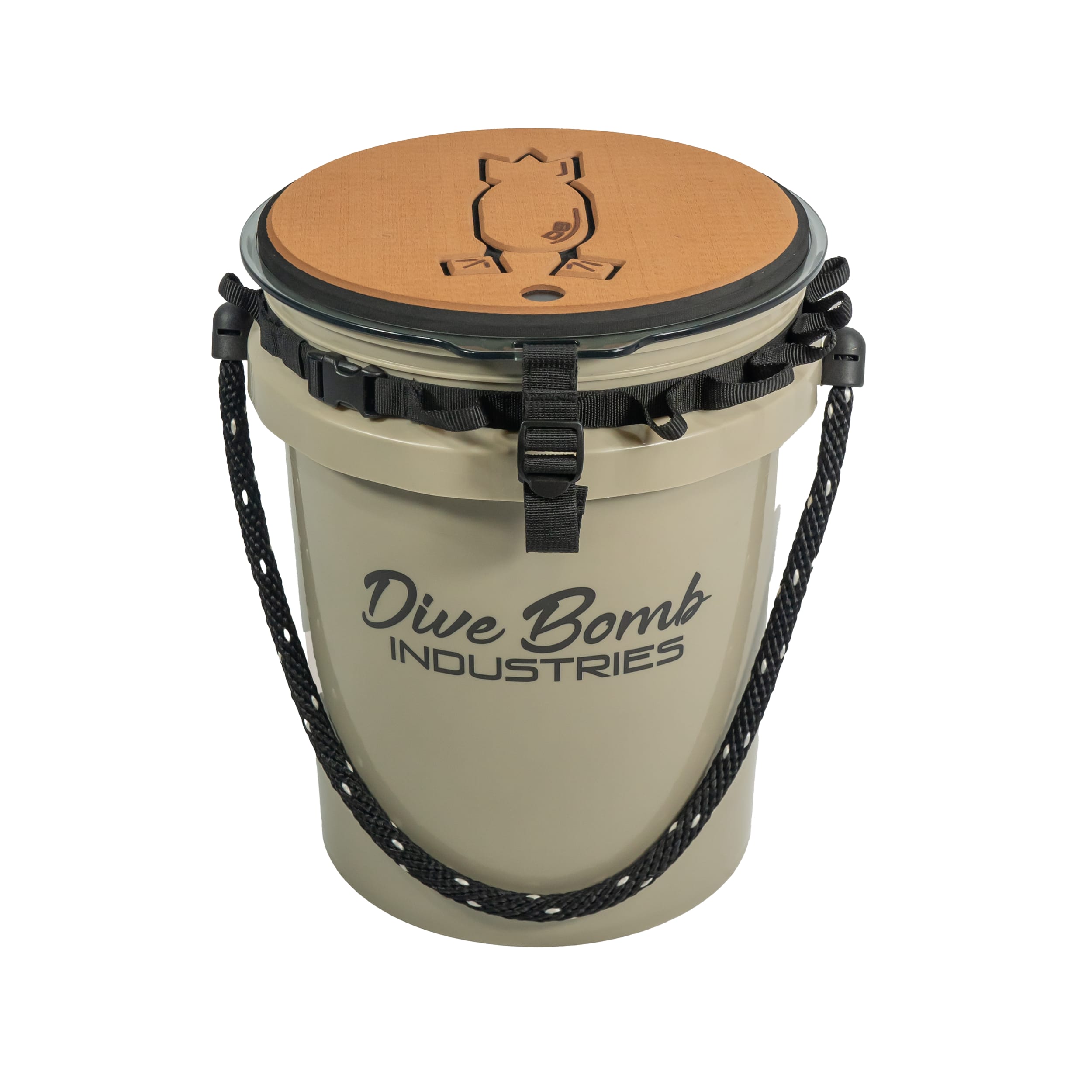
:quality(80))

